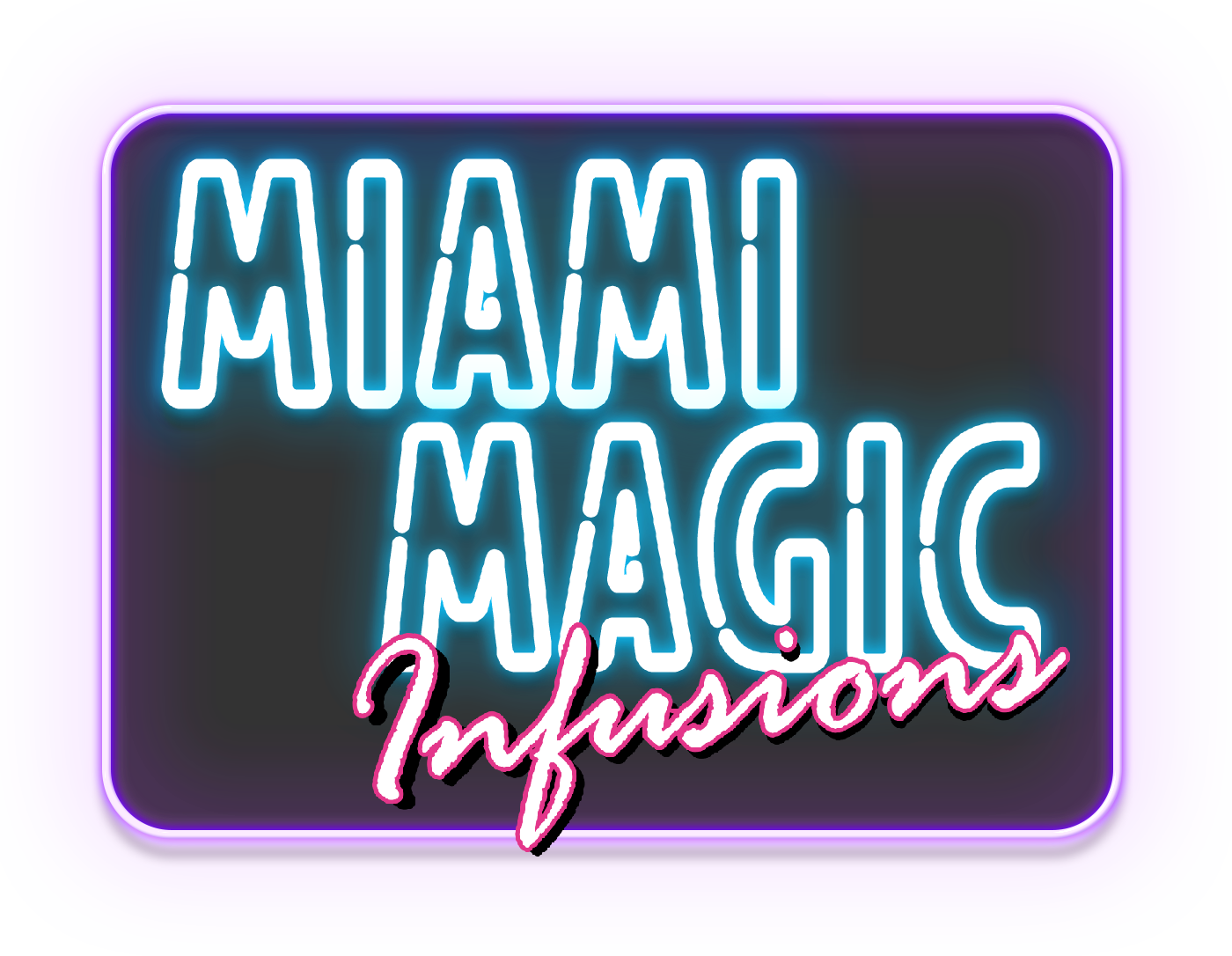Throughout the 19th century, carbonated water was a popular beverage. It was a drink of choice in soda fountains and cost two cents per glass.
Using a hollow corkscrew and a valve, siphons allowed for the dispensing of seltzer while maintaining pressure inside the bottle.
Origins
A soda siphon is a device used to store and dispense carbonated beverages (typically water) while maintaining the internal pressure. This helps to prevent the beverage from going flat.
In the 19th Century, soda siphons were a popular way to carbonate a drink at home. They were also widely used in bars to create drinks.
However, as bottled carbonated beverages rose in popularity during the 1920s and 1930s, the demand for soda siphons declined. This was largely due to the destruction of many of the siphon manufacturers’ plants in Eastern Europe during World War II.
Today, the use of seltzer siphons has revived as more people are interested in drinking healthy, sparkling water or natural beverages. This trend has brought the resurgence of the siphon back to the marketplace and is likely to continue in the future.
Functions
A soda siphon is a device that can be used to create carbonated water or soda. It’s typically a glass, plastic or metal bottle that contains the liquid you want to carbonate and uses pressure, usually in the form of CO2 to create carbonation. It is commonly found in bars and other establishments where it can be used to create drinks. It’s a versatile tool and can be used to make soda water, sparkling wine, spritzers, or even cocktails.
Most of these devices are small, lightweight and can be transported easily. They are also less expensive than soda makers. This makes them a great option for travelers. However, they are not as reliable as a soda maker and should be used with caution.

Design
Soda siphons have an unrivaled level of design and function. They are ideal for carbonating water, adding fizz to cocktails, and for aerated cherry garnishes, Hibiscus foams, and even instant Ramos Fizzes (a popular drink during the Roaring Twenties in New York).
The first siphons were invented in France during the 19th Century. They were delivered to homes, bistros, bars and hotels all over Europe and the United States during this time.
During the 1830s to early 1840s, soda/mineral water bottles began to become more distinct than those used for beer, ale, cider (fermented apple juice), and other beverages like spirits. These distinctive bottles, called "squat" bottles, also began to be produced in glass colors that were not typically available before.
Disposal
Soda siphons are used to create carbonated liquids, such as seltzer water or soda pop. They work by mixing a small, metallic canister of CO2 with liquid.
Soda chargers are widely available. The cost is based on the quantity of CO2 in the canister.
It's a good idea to dispose of soda siphon cartridges when you are done using them. They're easy to recycle, and it can help the environment by reducing the amount of waste produced by plastic and glass.
If you aren't sure how to properly dispose of a soda siphon, you can ask the manufacturer of your product. Some machines have a special place for them in the recycling bin. Others may need to be disposed of in the trash.




